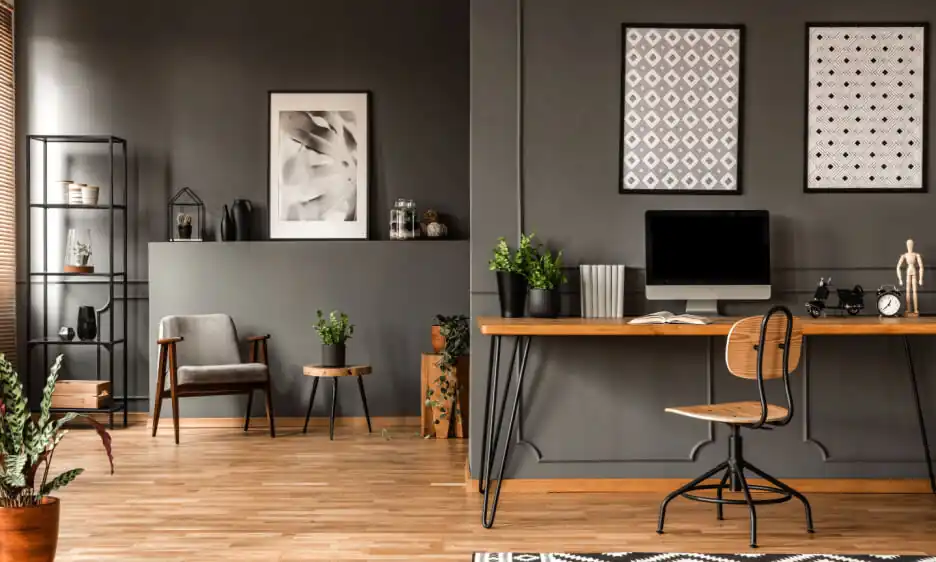
Introduction
If you’ve ever wondered how designers create engaging, functional, and aesthetic spaces, you’re about to uncover some secrets. In the simplest terms, spatial design is all about the art and science of structuring physical spaces. It impacts everything from architecture and interior design to urban planning and beyond. In this guide, we’ll dive deeper into what it entails, its importance, the benefits it offers, and the different types available. Ready to embark on this creative journey? Let’s go!
Unraveling the Basics: What is Spatial Design?
The Essence of Spatial Design
Spatial design is essentially about crafting physical spaces with intent. It revolves around designing, organizing, and managing public and private spaces to meet the users’ needs. A key component of this design discipline is creating an environment that’s both functional and appealing to the eye.
Importance of Spatial Design
Our perceptions and interactions with our environment play a pivotal role in shaping our mood, productivity, and overall experience. The manner in which we interpret and respond to our surroundings can have profound psychological effects. This type of design has the remarkable capacity to transform both public and private spaces to boost comfort and well-being. By thoughtfully manipulating the layout, furniture, lighting, and other elements, spatial design can make a space more functional, aesthetically pleasing, and psychologically uplifting. It’s this transformative power that makes it a critical aspect of design and architecture.
The Benefits of Spatial Design: More Than Meets the Eye
Spatial design is not just about aesthetic appeal; it brings numerous other benefits to the table. Let’s delve into some of these advantages.
Improved Functionality
A well-executed design maximizes the functionality of a space. By understanding the purpose of a space and arranging elements effectively, spatial design can ensure every inch serves a purpose. This could be as simple as a living room layout that encourages social interaction, or a workspace designed for productivity and comfort.
Enhanced User Experience
Another benefit of this kind of design is enhancing user experience. When a space is carefully designed considering the user’s perspective, it can facilitate smoother navigation, evoke positive emotions, and create memorable experiences. Ever been in a space where you felt naturally comfortable and engaged? That’s spatial design working its magic.
Increased Sustainability
Spatial design can also contribute significantly to sustainability. By making smart choices about materials, energy usage, and spatial arrangement, designers can create spaces that are not only beautiful and functional but also kind to our planet.
Visual Appeal
Let’s not forget the most apparent benefit – visual appeal. Through careful selection and placement of design elements, this type of design helps create visually appealing spaces that stir emotions and inspire people. A well-designed space can be a feast for the eyes, uplifting the mood of anyone who walks in.
Exploring the Different Types of Spatial Design
Spatial design is a broad field encompassing various domains. Here are a few types that you might come across in your everyday life.
Interior Design
Interior design, a common manifestation of this kind of design, creates indoor spaces that are both functional and aesthetically pleasing. It can shape everything from a cozy home living room to a sleek, modern office. By focusing on aspects like layout, color schemes, and furniture choices, spatial design in interior settings can drastically influence the atmosphere. This design process seeks to balance practicality and style, aiming to evoke specific moods and emotions while ensuring the space meets its users’ needs.
Landscape Design
Landscape design is a unique application of this kind of design that focuses on crafting beautiful and functional outdoor spaces. Whether designing a tranquil backyard garden, a vibrant city plaza, or a sprawling park, landscape designers use spatial design principles to create areas that offer more than just aesthetic appeal. They aim to facilitate relaxation, promote social interaction, and encourage biodiversity, turning open spaces into sanctuaries of nature and social connection.
Urban Design
Urban design is where spatial design takes on a grand scale, as designers and architects collaborate to plan and structure entire cities or towns. This involves a broad spectrum of components, from public spaces and buildings to transportation systems. The goal of urban design is to make urban areas more livable, sustainable, and visually appealing. By utilizing spatial design principles, urban designers can create spaces that enhance community interaction, facilitate efficient transportation, and contribute to the overall urban aesthetic.
Exhibition Design
Exhibition design is a specialized subset of this design discipline where designers curate engaging displays for museums, galleries, trade shows, and more. They create informative and immersive experiences, drawing on spatial design principles to guide visitor flow, highlight key exhibits, and set the mood. Effective design within exhibitions can engage the audience, stimulate learning, and leave a lasting impression, making each visit a memorable event.
Retail Design
In the world of commerce, this kind of design becomes retail design. Retail design involves arranging products and creating an ambiance that enhances customer shopping experiences and encourages purchases. It’s about creating an environment that resonates with the brand’s identity and appeals to its target audience. By strategically employing spatial design, retailers can influence customer behavior, enhance their store’s visual appeal, and ultimately drive their brand’s success.
Conclusion
We often don’t realize how much this type of design affects us. It shapes our feelings and actions, making our surroundings work well and look good. From our homes to workplaces to public areas, this type of design matters everywhere.
If you have a business and want to improve your space or plan a new one, spatial design can be very helpful. At Synapse, one of the fastest-growing companies in India, we’re experts in spatial design for businesses. We love creating designs for spaces that are attractive and work well for everyone. Want to see how we can help your business? Check out our Showcase page and get in touch with our team today. Let’s make your space better!







